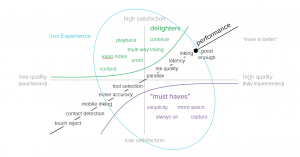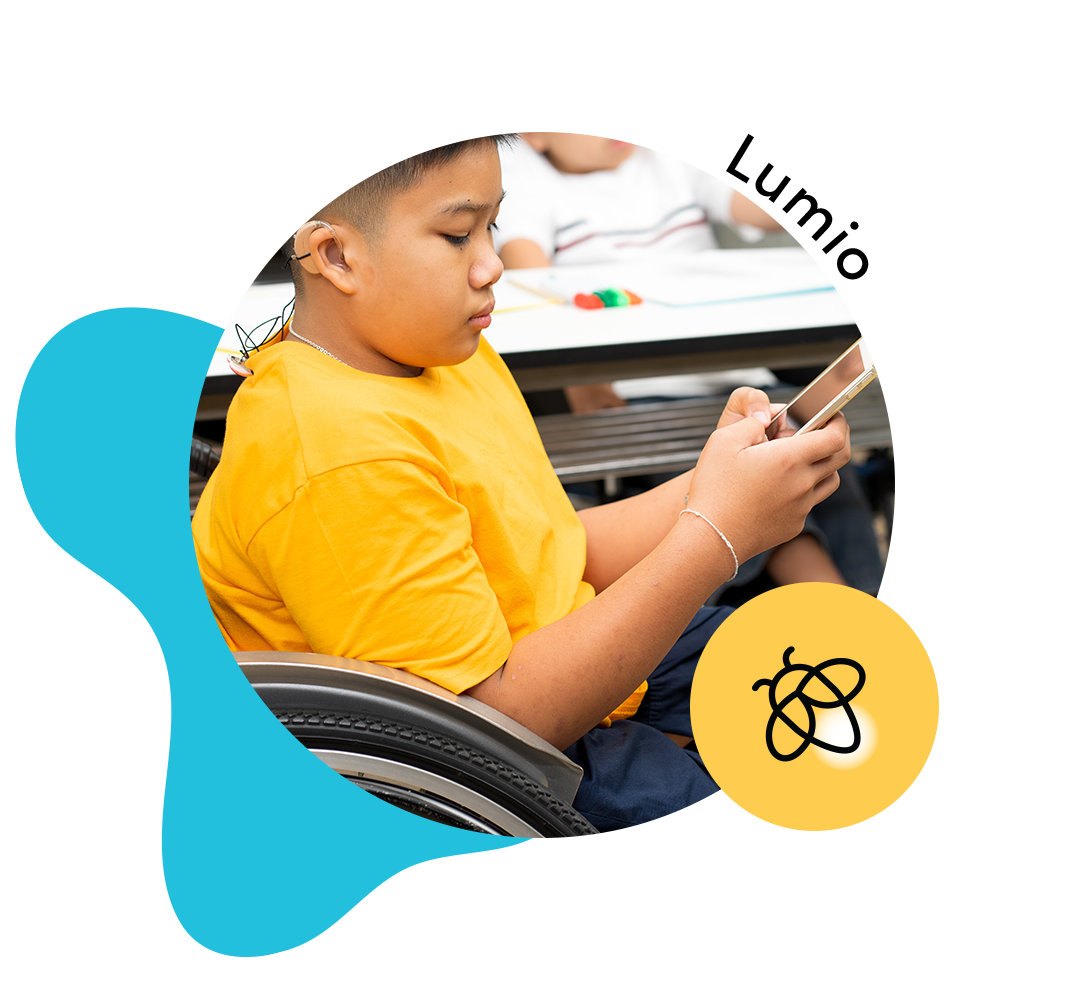We’ve all experienced, even relished, those times when we were working on something and we were so consumed with what we were doing that we were not even aware of the time, or how much has passed. We were fully absorbed. We were at the top of our game. Things seemed effortless. And we were happy.
Whether you call it being “in flow” or “in the zone” or something else, we can thank the psychologist Mihaly Csikszentmihalyi for bringing attention to this state of being. Creative people across many disciplines often jump into this state when they are describing an idea at a whiteboard, even if briefly. And there begins our story.
Flow & Technology
I’ll focus a little more today on corporate work environments than education, though much of this applies in classrooms as well, especially in the higher grades and in higher education. My focus won’t be so much on flow, per se, but rather how technology can get in the way.
SMART is well-known for creating the SMART Board – a digital whiteboard – many years ago. As SMART was in the process of bringing this technology to the corporate environment, we did some pretty simple research on how people in work environments interact with “plain old whiteboards.” We were interested in people’s behaviors, what they did, and how they did it. Our goal was to make the digital whiteboard an even better version of those ubiquitous whiteboards we use every day. We learned some very interesting things. Some were almost a “duh moment.”
In meetings across many companies, large and small, high-tech and not, we observed a very common scenario: people would be in the middle of a discussion – or even better, a debate –  and one of them would often go to a whiteboard and start writing or sketching furiously. It was as if the idea couldn’t make its way out of their brain fast enough. These folks were fully absorbed in what they were doing, writing across the entire whiteboard, occasionally stopping to make a point or embellish a detail. They were in flow.
and one of them would often go to a whiteboard and start writing or sketching furiously. It was as if the idea couldn’t make its way out of their brain fast enough. These folks were fully absorbed in what they were doing, writing across the entire whiteboard, occasionally stopping to make a point or embellish a detail. They were in flow.
In those moments of flow, we don’t stop and think about our tools. We just use them to create, or write, or annotate, or visualize. “Analog” whiteboards (or “plain old whiteboards”) don’t have many ways of disrupting that flow. Perhaps the pen is dry, or there is no eraser, but almost always we can get to the critical task at hand. You can probably see where this is going.
Using an analog whiteboard is a supremely simple experience. Adding technology adds many additional aspects and layers, each of which has the opportunity to disrupt our flow. And disrupting flow, as many of us can attest, is incredibly frustrating.
Keeping the technology simple and out of the way is a task that is difficult enough. Add to that a long list of “cool” features and less than optimal performance and you have the perfect reason for throwing your digital whiteboard through the window. Quite simply, if you have to stop and think about the technology or the tool while you are in flow, that technology has failed you. That’s why “don’t break flow” has become one of our core design mantras and metrics in designing the next generation of digital whiteboards.
Understanding our users and their use of analog whiteboards has re-grounded us in what is really important in a digital whiteboard. The basic, natural inking experience must be nearly flawless. The board must always be ready to go. There must be ample space. There should be almost no user interface.
What did we learn?
I used a Kano diagram to describe the essence of what we learned.

We were overly-focused on new, innovative features.
We needed to spend a lot more time and effort to get the (ink) performance to be not just acceptable, but to be as good as or better than the analog experience.
We did not have some seminal “must haves” in the (whiteboarding) experience.
Sound familiar? If you actually remove the parenthetical words above, I could be describing any one of several high-tech products. These types of products index on the “cool” features more than the user experience and the user experience suffers. And of course, there’s usually a better alternative available. In our case, our competition – the “plain old whiteboard” – is usually only a step away.
You might ask what’s the point? What’s the advantage of a digital whiteboard over something so simple? We learned that too. More and more people are collaborating across the world in real-time and that includes schools. Enabling schools to collaborate with other schools around the globe creates some incredible learning experiences for learners. You can see a stunning example of this in our Engineering Brightness project. Digital experiences also provide several other benefits such as opportunities for continuation and archiving content.
To get there, as we innovate new, meaningful ways to use digital whiteboards, we will continue to push the envelope on keeping the user experience simple so that we can keep our users “in flow.”
For more information about being “in flow”, see Flow: The Psychology of Optimal Experience (Csikszentmihalyi, 1990).







